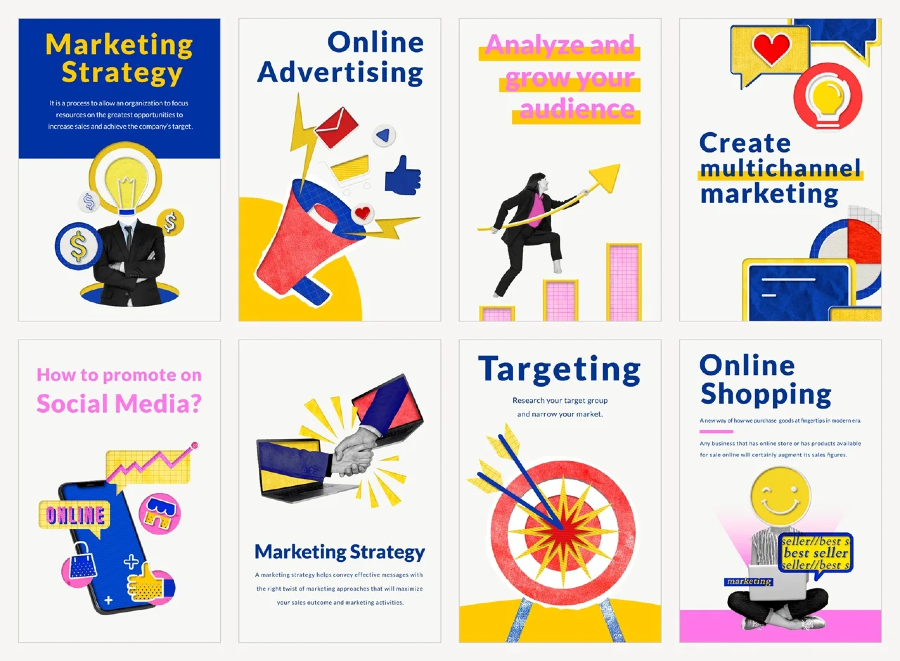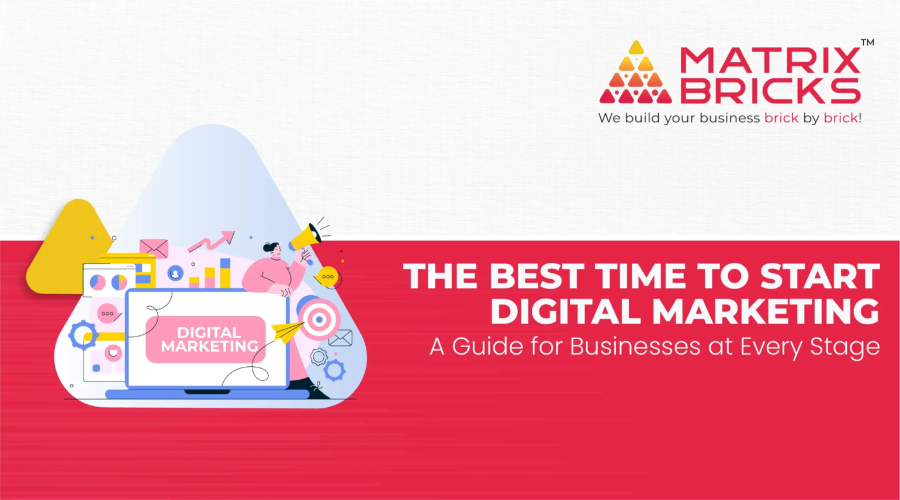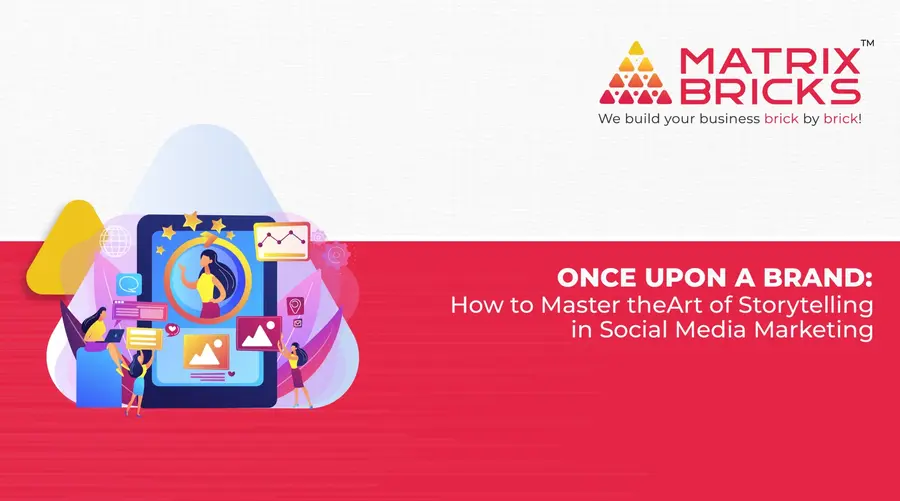
Marketing is the backbone of any successful business, shaping how brands communicate with their audiences and drive sales. But today, businesses are faced with a crucial decision: should they invest in digital marketing or stick with traditional marketing methods? The choice between digital and traditional marketing is more than just a trend; it’s about selecting the right strategy that aligns with a company’s goals, target audience, and budget.
The rise of Digital marketing techniques has transformed how businesses reach their customers, offering precision targeting, measurable results, and cost-effective campaigns. However, traditional marketing methods such as print advertisements, billboards, television, and radio remain powerful tools for brand awareness and local engagement. The key question is: which approach is best for your business? In this blog, we’ll explore the pros and cons of both strategies, compare their effectiveness, and help you determine the best fit for your marketing needs.

Understanding Traditional Marketing: The Power of Offline Advertising
Benefits of traditional marketing encompasses all the advertising methods that existed before the internet. This includes newspapers, magazines, television commercials, radio ads, direct mail, billboards, and other forms of offline promotions. These strategies have been used for decades and continue to hold value for businesses targeting local audiences or aiming for mass brand awareness.
Advantages of Traditional Marketing
- Strong Local Reach: Traditional marketing methods like newspaper ads, local radio, and billboards allow businesses to target a specific geographic area effectively. For businesses with a strong local presence—such as restaurants, retail stores, and service providers—this can be an excellent way to capture attention.
- Tangible and Credible: Print ads, brochures, and direct mail create a physical presence that digital marketing lacks. Consumers often perceive printed materials as more trustworthy, making traditional marketing an effective tool for building credibility.
- Memorable and Impactful: Seeing a well-designed billboard on a daily commute or watching a catchy TV commercial can leave a lasting impression. Traditional advertising tends to stick in the minds of consumers, especially when executed creatively.
- Reaches a Wider Audience: Unlike digital marketing, which requires internet access, traditional marketing reaches audiences regardless of their technological engagement. Television, radio, and newspapers continue to attract a broad and diverse demographic.
Challenges of Traditional Marketing
- High Costs: Television and radio ads can be expensive, making them less accessible for small businesses with limited marketing budgets. Printing flyers and brochures also adds up in terms of costs.
- Difficult to Measure: Unlike digital marketing, where analytics provide precise data, traditional marketing lacks accurate tracking mechanisms. Businesses often struggle to determine the return on investment (ROI) of traditional marketing print and TV advertisements.
- Limited Interaction: Traditional marketing is a one-way communication method, meaning businesses cannot directly engage with their audience. There’s no immediate feedback or interaction, making it difficult to gauge audience responses in real-time.

The Rise of Digital Marketing: A Data-Driven Approach
With the advent of the internet and social media, digital marketing has become the go-to strategy for businesses of all sizes. It encompasses search engine optimization (SEO), pay-per-click (PPC) advertising, email marketing, content marketing, social media campaigns, and influencer marketing. Digital marketing thrives on real-time engagement, analytics, and personalized targeting.
Advantages of Digital Marketing
- Cost-Effective and Scalable: Digital marketing campaigns can be launched with minimal investment compared to traditional advertising. Small businesses can start with a modest budget and scale up as they see results.
- Measurable and Trackable: With tools like Google Analytics, Facebook Insights, and email tracking software, businesses can monitor campaign performance in real time. This allows marketers to adjust strategies based on data-driven insights.
- Targeted Advertising: Digital platforms allow precise targeting based on demographics, interests, and behaviors. Businesses can reach their ideal customers with tailored ads, increasing conversion rates.
- Global Reach: Unlike traditional marketing, which is often restricted to local markets, digital marketing enables businesses to reach audiences worldwide. Online advertising and social media campaigns transcend geographic limitations.
- Immediate Engagement: With social media, businesses can interact with their audience instantly. Customer feedback, comments, and shares create opportunities for brands to foster relationships and build trust.
Challenges of Digital Marketing
- Highly Competitive: Since digital marketing is accessible to everyone, competition is intense. Businesses must consistently create high-quality, engaging content to stand out.
- Constantly Evolving: Search engine algorithms, social media trends, and advertising policies change frequently. Marketers need to stay updated and adapt quickly to maintain effectiveness.
- Digital Fatigue: With the overwhelming amount of online ads and content, consumers may become indifferent to marketing messages. Businesses need to create compelling and personalized content to capture attention.
Digital vs Traditional Marketing: Which One Should You Choose?
Difference between digital and traditional marketing depends on various factors, including your business model, target audience, budget, and long-term goals. Here are some key considerations:
- Budget: If you have a limited budget, digital marketing offers cost-effective solutions like social media marketing and email campaigns. Traditional marketing, on the other hand, often requires a substantial financial investment.
- Target Audience: If your audience is older and less tech-savvy, traditional marketing methods like newspapers, TV, and radio might be more effective. However, if your audience is younger and spends time online, digital marketing is the way to go.
- Business Type: Local businesses with physical locations may benefit from traditional marketing strategies, while eCommerce and service-based businesses often thrive with digital marketing.
- Marketing Goals: If brand awareness and credibility are your primary goals, traditional marketing can help establish a strong offline presence. If you aim for direct conversions, measurable results, and global reach, digital marketing is the better option.
In the end, a combination of the two is the most effective approach. Integrating traditional and digital marketing—such as using billboards alongside social media campaigns—can maximize reach and impact.
Takeaways: The Right Marketing Mix for Your Business
- Traditional marketing is ideal for businesses targeting local audiences and building brand credibility through tangible materials.
- Digital marketing is a cost-effective, measurable, and highly targeted approach that allows businesses to reach a global audience.
- The decision should be based on budget, audience, business type, and marketing goals rather than trends alone.
- A hybrid marketing strategy that combines both approaches can yield the best results.
Conclusion: Finding the Perfect Marketing Strategy
There is no one-size-fits-all answer when it comes to difference between digital and traditional marketing. The best approach depends on your unique business needs, audience preferences, and industry trends. While traditional marketing still holds significant value in certain industries, digital marketing’s data-driven nature makes it an indispensable tool in today’s competitive market.
If you’re looking to make a lasting impression, consider leveraging both strategies to create a well-rounded marketing plan. By understanding your audience, setting clear goals, and utilizing the strengths of both traditional and digital methods, you can craft a marketing strategy that drives growth and long-term success.
Which marketing approach do you think suits your business best? Share your thoughts in the comments below!





